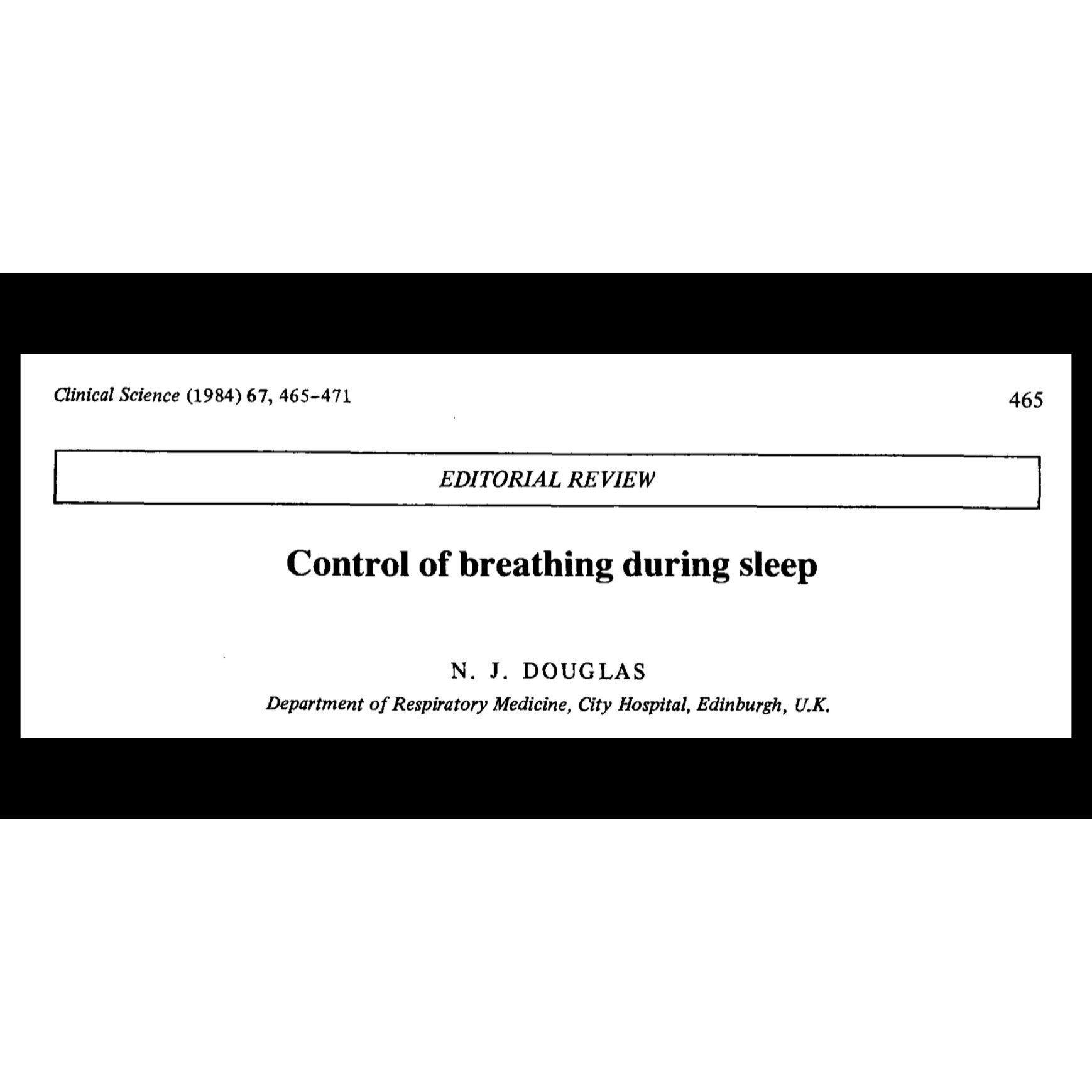Key Points
CO2 increases significantly prior to or simultaneously with sleep onset
Breathing becomes shallower with sleep onset
Breathing rate does not change with sleep onset
The Breathing Diabetic Summary
We have reviewed several studies on sleep and breathing (here, here, and here). However, we have not looked at how breathing changes as we fall asleep. This study sheds light on central nervous system changes occurring during sleep onset.
Four women and 8 men that had no history of respiratory or sleep disorders were studied. They were instructed to relax in a reclined bed in the dark and go to sleep for ~1 hour. Five of the subjects also were asked to relax in the bed, but stay awake for 45 minutes for control measurements.
(This is a very small sample size, so let’s remember that as we go through the results.)
Measurements of alveolar CO2 and chest and abdominal breathing motions were taken to reflect central nervous system changes during sleep onset. Breathing rate also was measured. The subjects went through 3 separate sessions to acclimate to the laboratory setting.
During all three sessions, when the participants fell asleep, their CO2 rose significantly and their breathing became shallower. The significant increase in CO2 was not associated with a change in breathing rate. This implies that breathing became not only shallower, but also lighter.
In every case, CO2 rose and breathing became shallower either prior to or simultaneously with falling asleep. And because breathing rate did not change, the rise in CO2 indicates that the subjects were breathing less.
The close correlation between CO2, shallow breathing, and sleep onset indicates that breathing patterns might be a reliable indicator of drowsiness in a person.
Abstract
This study provides a systematic examination of factors that may contribute to respiratory changes associated with sleep onset. The electroencephalogram, alveolar CO2 tension, patterns of abdominal and thoracic respiratory movements, and respiratory rate were measured in three sessions each on 12 normal subjects as they fell asleep, and also on 5 of them as they lay awake. Nonintrusive respiration measurement devices were used. Resting awake CO2 tension was found to increase significantly across sessions. In addition, CO2 tension was significantly higher during stages 1 and 2 of sleep than during wakefulness on days 2 and 3. There was also a shift from relatively greater abdominal expansion toward relatively greater thoracic expansion with sleep onset. None of these changes occurred when subjects remained awake during a session. We conclude that changes in respiration with sleep onset cannot be accounted for solely by changes due to habituation, merely lying quietly, or the effects of the measuring devices. Rather, they appear to be caused by a central interaction between centers controlling the level of wakefulness and those controlling respiration.
Journal Reference:
Naifeh KH, Kamiya J. The nature of respiratory changes associated with sleep onset. Sleep. 1981;4(1):49-59.



